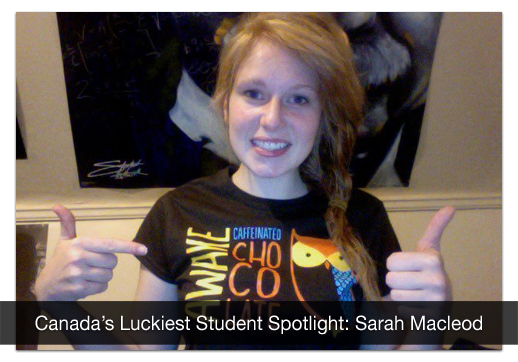Consumers globally have been influenced for generations by authority figures such as celebrities, sports figures, politicians, socialites, and ultimately people of power or status. To some degree, such figureheads still hold some influence over consumers as individuals follow them for guidance and inspiration, however to a certain extent the power has been shifted to average individuals looking to make a difference and contribute to the “socialsphere” either through a unique voice or strong purpose.
To illustrate, CIBC’s newest campaign for “Canada’s luckiest student” for the grand prize winner to receive a prize to be shared

with friends and family has dominated Facebook and Twitter profiles all over Canada. With the simple strategy of creating a profile, choosing prize-mates, and earning extra entries through additional postings on a variety of social profiles CIBC has allowed the influencer to become the content sharers, or the students themselves. Additionally, YouTube has become a prime location for individuals to use as a platform to make their voices be heard across a public platform. Numerous artists from the likes of PSY famous for Gangnam style or even YouTube sensation Justin Bieber were all able to make their mark in the entertainment world through the dedication of their social following on YouTube.

Various marketing tactics from a number of brands such as Coke, Lululemon, Starbucks, and even Nike are making the consumer the hero and showcasing their experiences with the brand as the driving force behind powerful ground-breaking campaigns. A significant shift in power truly awards the average individual with the power to make a difference that is anything but average. It is extraordinary.

